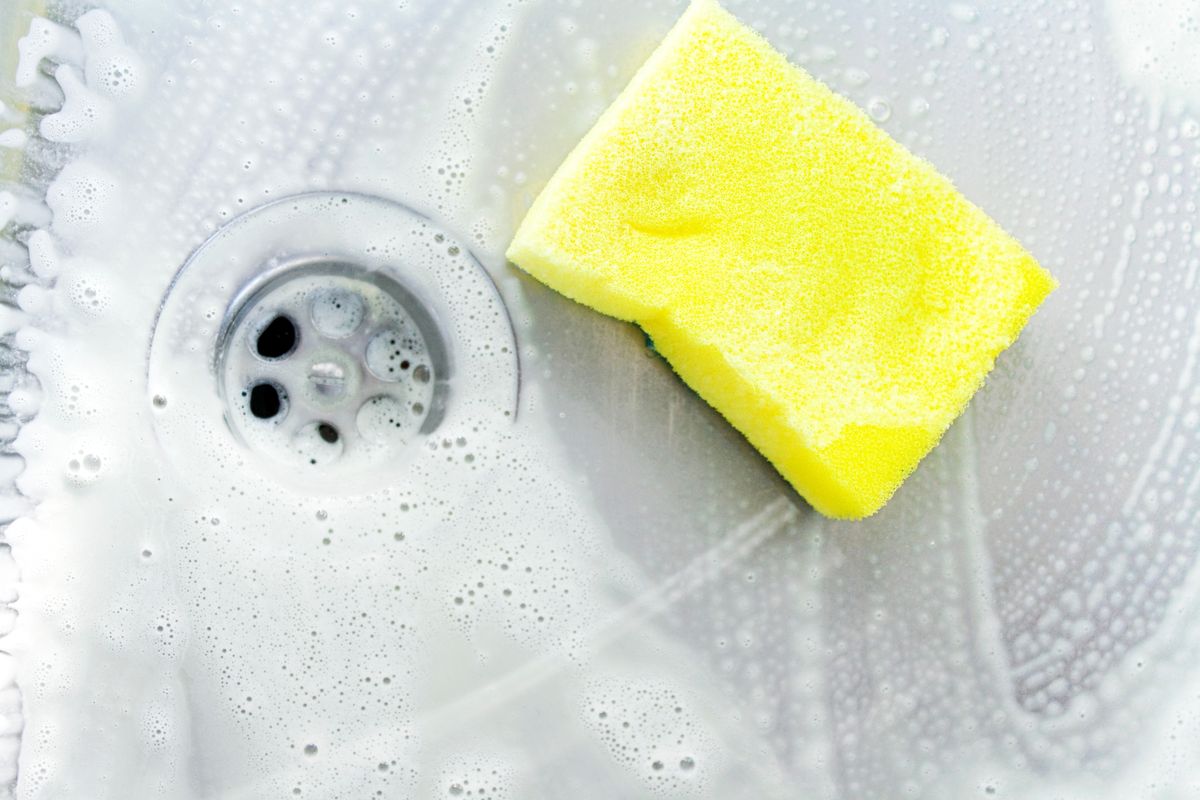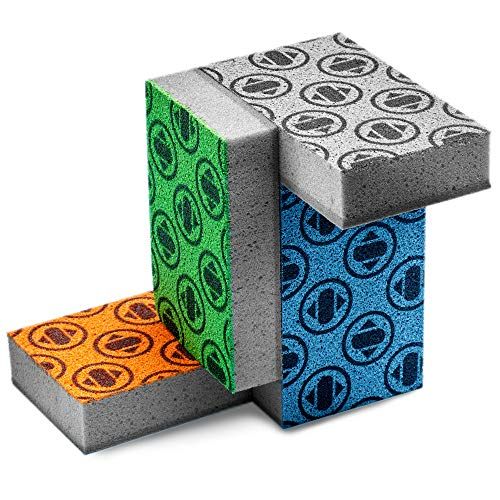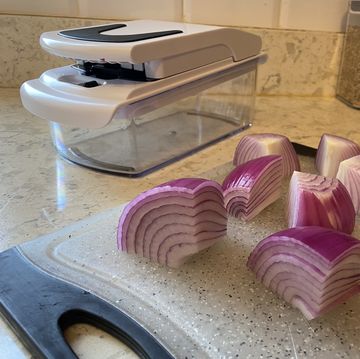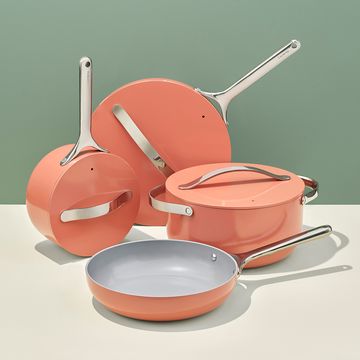The kitchen is the epicenter of aromas in your home. It’s where you can smell the buttery sweetness of cookies in the oven and the savory scents of sautéing onions and garlic. But you’re also just as likely to experience odors there that are way less delicious.
From leftovers that have overstayed their welcome in the fridge to your trash can smelling like, you know, trash, there are plenty of culprits. But few are as common as an old dish sponge.
Sponges are essential for clearing the grease and grime from your dishes. Their porous texture, however, is a breeding ground for bacteria and mold. Some brands tout their sponges’ antimicrobial properties. But regardless if your sponge is bacteria-fighting, heavy duty, or even smiley face-shaped, it’s bound to get smelly after a while.
More From Delish

Washing your dishes with moldy and germy sponges defeats the purpose of cleaning them altogether. According to a 2019 study published in the Italian Journal of Food Safety, researchers found hundreds of strains of bacteria in household sponges, including some that cause severe food-borne illnesses.
So what can you do about it? According to Carolyn Forté, Executive Director of Good Housekeeping Institute's Home Care and Cleaning Lab, taking care of your sponge starts at the very first use. Here's everything you need to know about dish-sponge hygiene—which ones to buy, how to extend their lifespans, and when it’s time to replace them.
Which Sponge Should You Buy?
Beyond offering effective cleaning, the ideal sponge should dry quickly. The less time a sponge spends damp, the fewer opportunities mold has to grow. And, while not completely effective at wiping out germs, sponges with antimicrobial properties still help keep bacteria at bay to some extent.
The most beloved sponge at the Good Housekeeping Institute is the Skura Style sponge. It’s built with a antimicrobial agent to protect against germs and it dries quickly. It's also designed with “Fade-to-Change” technology: Skura’s logo on the top of the sponge fades with use to indicate when it’s time to replace it.
Skura sponges don’t just have the Good Housekeeping seal of approval; they also have a glowing celebrity endorsement. Actress Eva Mendes is a co-owner of Skura and swears by them.
How Should I Clean And Maintain My Sponge?
Part of proper sponge maintenance is storing it properly. Leaving it in your sink or next to your faucet inhibits air circulation, which means your sponge will hold on to water for longer and develop that dreaded mildewy stink. Investing in a sponge holder allows for proper drainage and will keep it fresher for longer.
An essential part of keeping your sponges in good shape is regular sanitizing. According to Forté, that means at least every few days. The Good Housekeeping Institute conducted a study to find the most effective methods, and a simple soak in a diluted bleach solution killed 99.9 percent of germs.
But if you’re squeamish about breaking out the bleach, there are other methods that will do the trick. First, you can place your sponge alongside your load of dishes in the dishwasher. Running through a wash and heated dry cycle will kill nearly all bacteria.
Another equally effective method will work even in dishwasher-free houses—and it kills 99.9 percent of bacteria in seconds. All you have to do is saturate your sponge in water and pop it in the microwave! Forté recommends one minute for scrub sponges and two minutes for cellulose-based sponges.
When Should I Replace My Sponge?
Even if you're properly maintaining your sponge, you’ll need to swap it out eventually. But when to do so depends on how often you use it, among other factors. For standard wear and tear, you can safely hold on to your sponge for about two weeks, or closer to seven days if it’s getting heavier use.
But there are other things to look out for that may require you to replace your sponge sooner. First, you should toss it the second you smell that musty mildew odor. Once it reaches that point, the development of bacteria is too far gone to fix. You may also need to swap out your sponge if the surface gets excessive wear. Torn or broken sponges are less effective at cleaning your dishes.
How do you take care of your sponges? Let us know in the comments.
Gabby Romero is Delish’s editorial assistant, where she writes stories about the latest TikTok trends, develops recipes, and answers any and all of your cooking-related questions. She loves eating spicy food, collecting cookbooks, and adding a mountain of Parmesan to any dish she can.
Carolyn Forté brings more than 40 years of experience as a consumer products expert to her role as executive director of the Good Housekeeping Institute's Home Care and Cleaning Lab. Using deep analytical testing and writing expertise in appliances, cleaning, textiles and organizational products, she produces cleaning and home care advice for GH, has authored numerous books and bookazines for the brand and partners with the American Cleaning Institute to co-produce the Discover Cleaning Summits. She holds a bachelor's degree in family and consumer sciences from Queens College, City University of New York.













